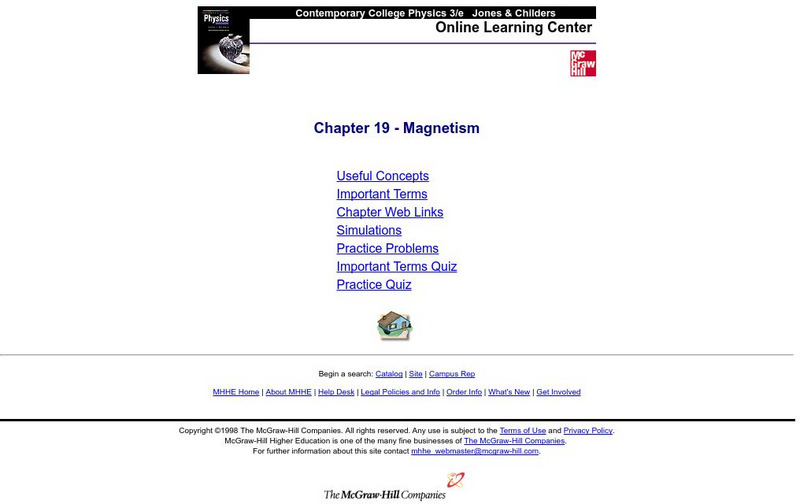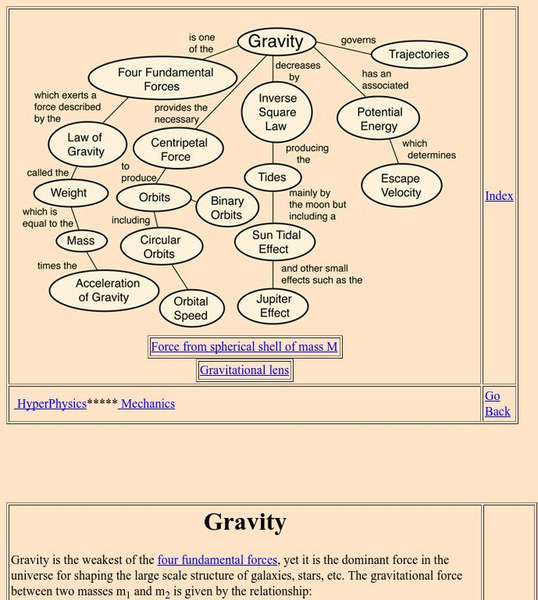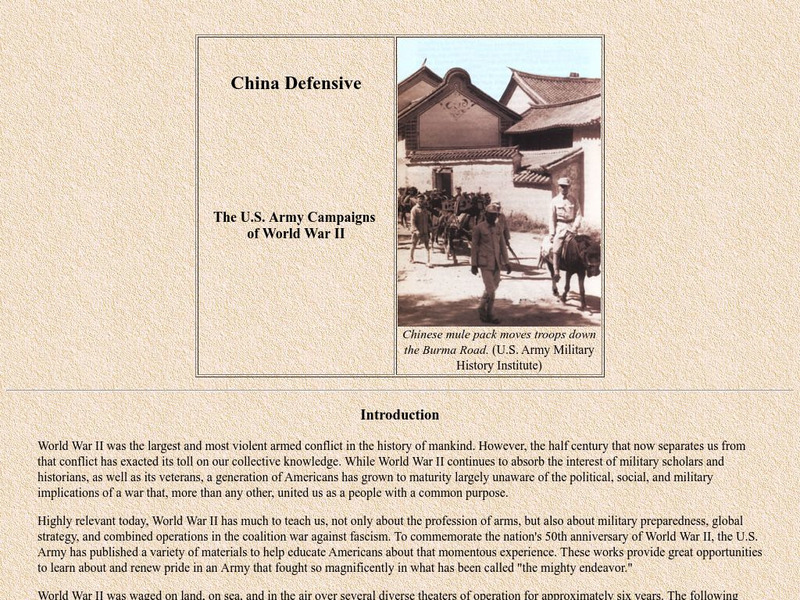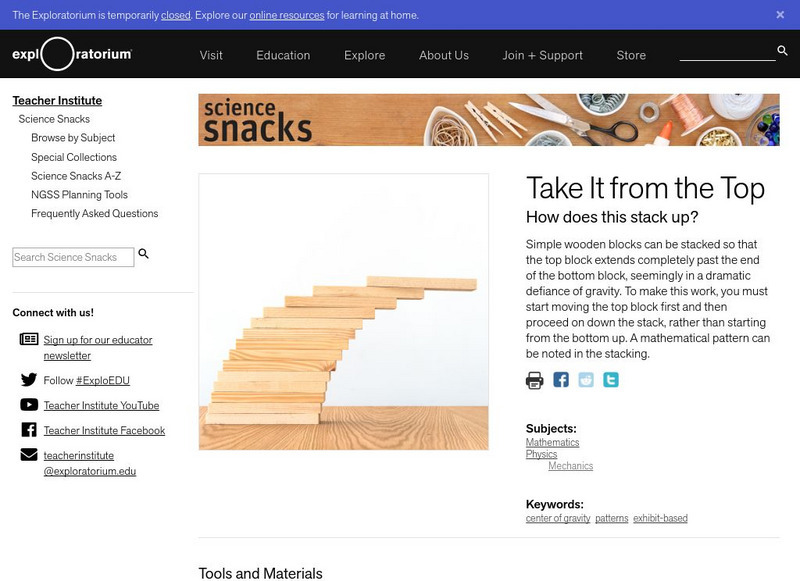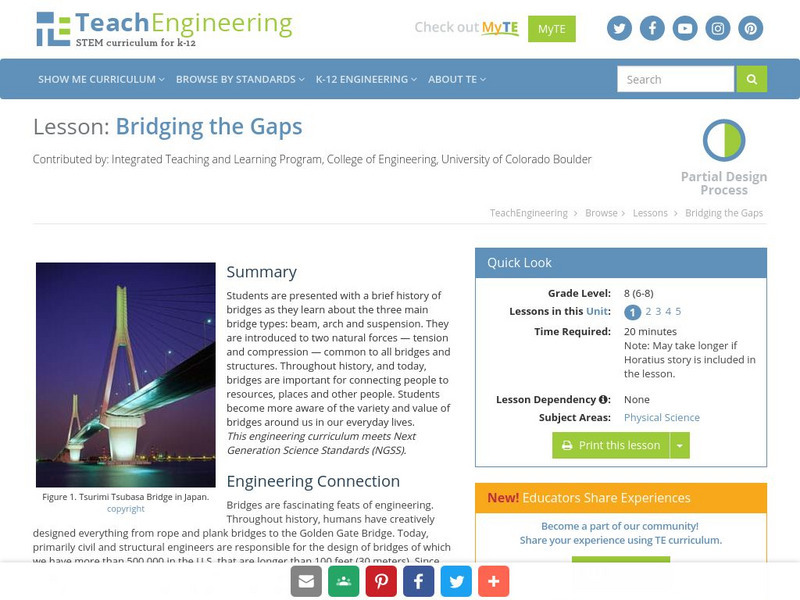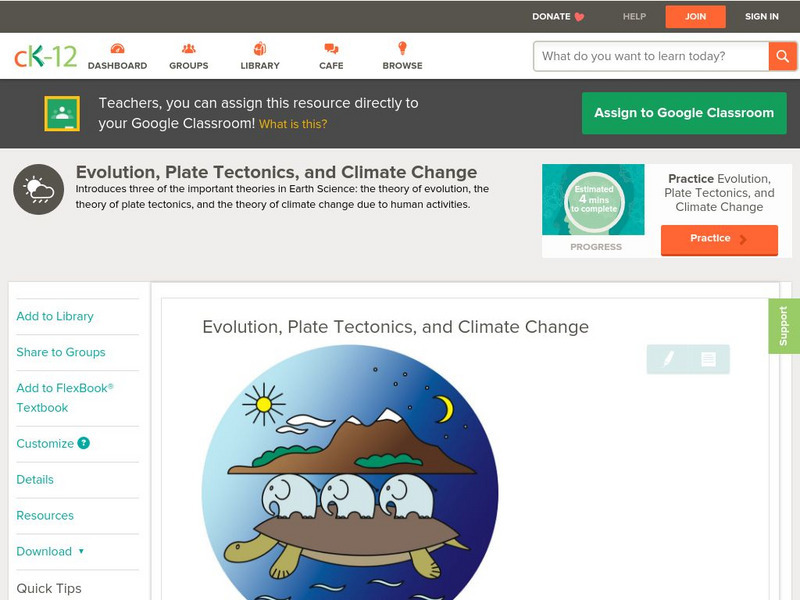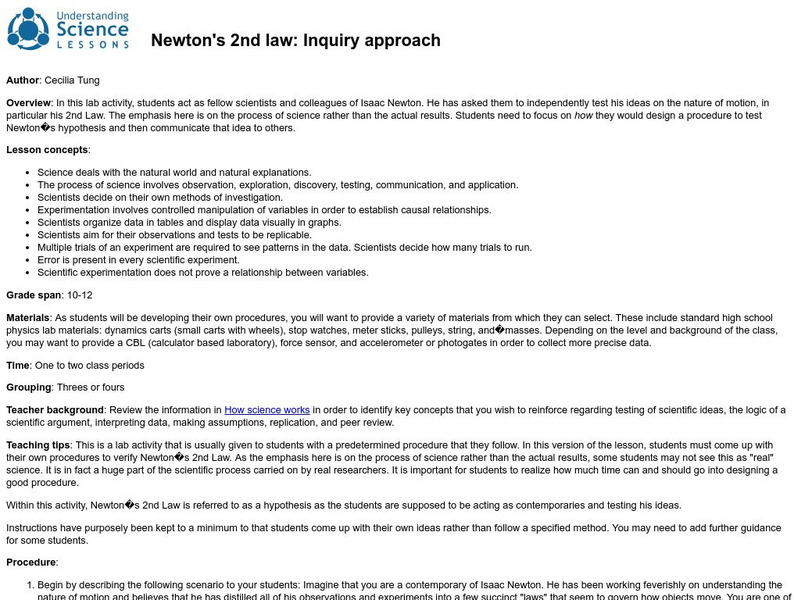Hi, what do you want to do?
McGraw Hill
Mhhe: Chapter 19 Magnetism
A series of pages which define key terms and explain basic concepts related to magnetism. A set of practice problems with answers and solutions are given. Links to related internet resources and a list of animations are provided.
CK-12 Foundation
Ck 12: Biology: Microevolution Study Guide
A general overview over the evolution of one population or one species over a short period of time.
Georgia State University
Georgia State University: Hyper Physics: Gravity
Gravity as a fundamental force is explained and an equation for universal gravitation is given.
University of Oregon
University of Oregon: Experimental Instructions
Visit this summary of friction. Use the interactive JAVA window to run friction simulations.
University of Arizona
Pulse: Powerful Explorations of Health and Energy
A cross curricular unit where students simulate an energy task meeting to discuss protecting human health through energy policies. The unit covers content for twelfth grade in math, physics, language arts, and government. Topics reviewed...
ibiblio
Ibiblio: Hyper War: u.s. Army Campaigns of World War Ii: China Defensive
An official Defense Department account of the war in China from 1942 to early 1945. The war was mostly of a defensive nature (trying to hold off the Japanese).
Scientific American
Scientific American: The Intricacies of a Gecko's Grip
This article, published by Scientific American (June 19, 2000), explores how geckos hang on vertical surfaces. They don't use glue, or suction, or even nature's version of Velcro. Instead, they utilize intermolecular forces "to get a...
Exploratorium
Exploratorium: Science Snacks: Take It From the Top
Students defy gravity by stacking blocks in different ways in this exercise. Other projects are linked to this lesson as well.
TeachEngineering
Teach Engineering: Measuring Pressure
Students learn first-hand the relationship between force, area and pressure. They use a force sensor built from a LEGO MINDSTORMS NXT kit to measure the force required to break through a paper napkin. An interchangeable top at the end of...
Massachusetts Institute of Technology
Mit: Open Course Ware: Courses: Physics Ii: Electricity and Magnetism
College-level physics course highlighting electricity and magnetism. This course is divided into several modules including electric fields, magnetic fields, electromagnetic forces, conductors and dielectrics, electromagnetic waves, and...
CK-12 Foundation
Ck 12: Liquids
[Free Registration/Login may be required to access all resource tools.] In the following online tutorial students will describe a liquid according to the kinetic-molecular theory. They will also learn how a liquid exhibits surface...
Lawrence Berkeley National Laboratory
Berkeley Lab: Four Fundamental Interactions
Discussion of the four fundamental forces of nature: strong interactions, weak interactions, gravity, and electromagnetism.
Science and Mathematics Initiative for Learning Enhancement (SMILE)
Smile: Magnets, Electromagnets & Fields of Force
A teacher lesson plan which includes several student activities on magnetism, force fields, and magnetic induction. May provide an idea for a student project or lab investigation.
Science and Mathematics Initiative for Learning Enhancement (SMILE)
Smile: Fish and Clip
Primary activity to help "pupils understand some of the characteristics of magnets." Would work well in conjunction with a theme on underwater creatures or fish.
Science and Mathematics Initiative for Learning Enhancement (SMILE)
Smile: Electromagnets
This lesson plan contains several activities designed to help the student understand the magnetic effects of an electrical current.
Other
Sistema Nacional De Proteccion Civil Panama
This page is part of the web of "Sistema Nacional de Proteccion Civil Panama," an organization that was created to protect the citizens of Panama from natural disasters and other dangers. The page offers information on the organization,...
PBS
Pbs: Nature: Raptor Vision Game
Gain 20/7 vision by becoming a raptor in this game! Help the Peregrine falcon find its prey in a river scene and see the difference between your vision and its vision!
Curated OER
National Park Service: Grand Canyon Geology
Extensive information about the geology of the Grand Canyon. Looks at some principles of geology evident there, forces that have shaped its geological features, how its valleys and canyons were formed, the characteristics of the Colorado...
TeachEngineering
Teach Engineering: Bridging the Gaps
Students are presented with a brief history of bridges as they learn about the three main bridge types: beam, arch and suspension. They are introduced to two natural forces - tension and compression - common to all bridges and...
TeachEngineering
Teach Engineering: Floating and Falling Flows
Students discover fluid dynamics related to buoyancy through experimentation and optional photography. Using one set of fluids, they make light fluids rise through denser fluids. Using another set, they make dense fluids sink through a...
CK-12 Foundation
Ck 12: Earth Science: Evolution, Plate Tectonics, and Climate Change
[Free Registration/Login may be required to access all resource tools.] Looks at the theories of evolution, plate tectonics, and global warming.
University of California
Understanding Science: Newton's 2nd Law: Inquiry Approach Lesson
For this lesson, students develop their own scientific experiment to test Newton's hypothesis that the acceleration of an object depends on the net force acting upon it and its mass. After completing their designed experiment, students...
Physics Classroom
The Physics Classroom: Kepler's Three Laws
The three laws of planetary motion as described by Kepler are stated and elaborated upon. Useful graphics and an easy-to-understand language are used to explain the nature of planetary motion. Both conceptual and mathematical. Includes a...
NASA
Nasa: Kepler and His Laws
This site from NASA provides biographical details about the lives of Tycho Brahe and Johannes Kepler. Discusses Kepler's successes at developing laws of planeatry motion. States the three laws and discusses each one individually....
Other popular searches
- Internal Forces of Nature
- External Forces of Nature
- Forces of Nature Gravity
- Forces of Nature Research
- Forces of Nature Weather





